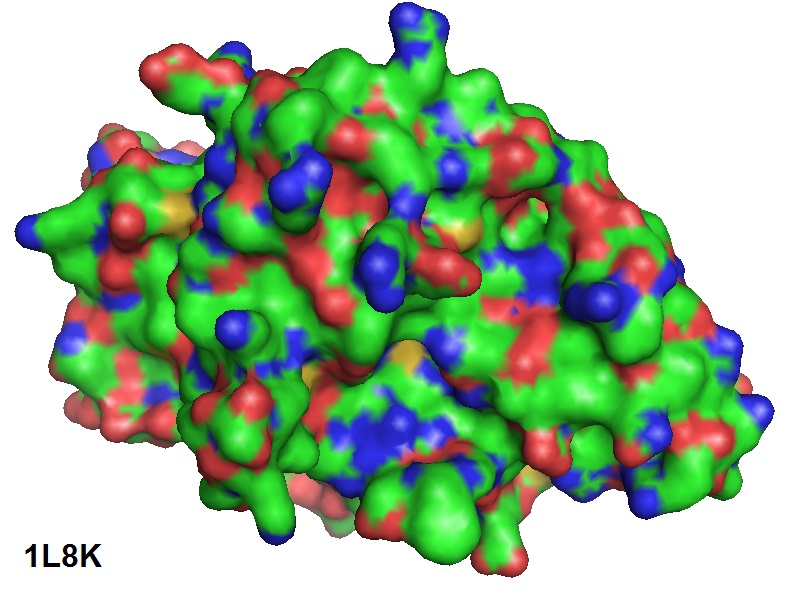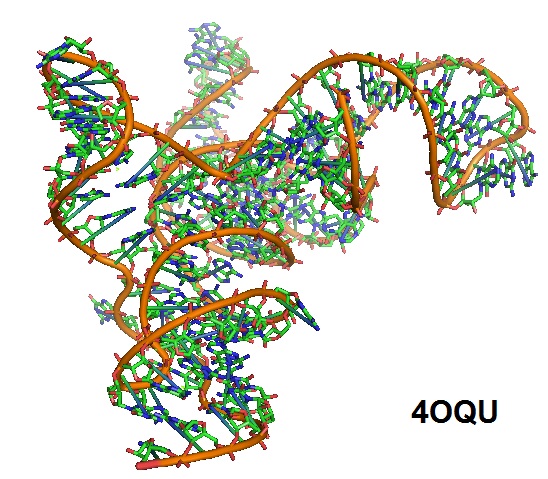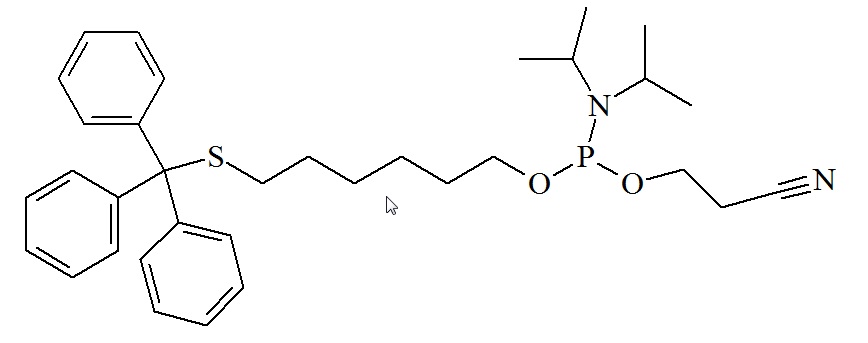A CRISPR screen identifies Ptpn2 in melanoma cells
 Recently, a CRISPR-Cas9 based in-vivo genetic screening approach identified the protein tyrosine phosphatase PTPN2 in tumor cells as an immunotherapeutic target. Manguso et al. engineered a B16 melanoma cell line to express Ca9 and used small guide RNAs (sgRNAs) for DNA editing. A library of sgRNAs targeting genes were expressed in the cell lines as well. After successful gene editing the tumor cells were transplanted into animals treated with agents that applied immune-selective pressures on the tumor cells. The result was the discovery that the deletion of PTPN2 in tumor cells increased the efficacy of immunotherapy. Recently, a CRISPR-Cas9 based in-vivo genetic screening approach identified the protein tyrosine phosphatase PTPN2 in tumor cells as an immunotherapeutic target. Manguso et al. engineered a B16 melanoma cell line to express Ca9 and used small guide RNAs (sgRNAs) for DNA editing. A library of sgRNAs targeting genes were expressed in the cell lines as well. After successful gene editing the tumor cells were transplanted into animals treated with agents that applied immune-selective pressures on the tumor cells. The result was the discovery that the deletion of PTPN2 in tumor cells increased the efficacy of immunotherapy.
|
|
Read More
|
|
|
What are Toehold Riboswitches?
 Toehold riboswitches are a class of de-novo-designed prokaryotic riboregulator molecules. In this type of riboswitches, designer hairpin motifs are inserted into RNA transcripts to hide ribosome binding sequences. Protein synthesis only occurs when a separate regulatory RNA binds to and opens the hairpin. According to Green et al. these riboswitches can be integrated into a genome in which they regulate endogenous genes or are used as sensors that respond to endogenous RNA. Toehold switches can be used for the regulation of translation in biotechnology, molecular biology, and synthetic biology. Toehold riboswitches are a class of de-novo-designed prokaryotic riboregulator molecules. In this type of riboswitches, designer hairpin motifs are inserted into RNA transcripts to hide ribosome binding sequences. Protein synthesis only occurs when a separate regulatory RNA binds to and opens the hairpin. According to Green et al. these riboswitches can be integrated into a genome in which they regulate endogenous genes or are used as sensors that respond to endogenous RNA. Toehold switches can be used for the regulation of translation in biotechnology, molecular biology, and synthetic biology.
|
|
Read More
|
|
|
Vitamin B12 stabilizes an mRNA regulatory switch!
 Cobalamin or vitamin B12 is very important for the formation of red blood cells and the health of the nervous system. In humans, B12 is synthesized by some gut microbes as a modulator of the gut microbial ecology. Limitation of B12 can result from uptake disorders or dietary deficiencies. Deficiencies of the vitamin can cause anemia and permanent nerve and brain damage. Johnson et al. in 2012 reported the structures of cobalamins and cobalamin riboswitches. Cobalamin riboswitches have been found widely in bacteria. The solved structures give insight in how the receptor and regulatory domains communicate in a ligand-dependent fashion to regulate mRNA expression. Cobalamin or vitamin B12 is very important for the formation of red blood cells and the health of the nervous system. In humans, B12 is synthesized by some gut microbes as a modulator of the gut microbial ecology. Limitation of B12 can result from uptake disorders or dietary deficiencies. Deficiencies of the vitamin can cause anemia and permanent nerve and brain damage. Johnson et al. in 2012 reported the structures of cobalamins and cobalamin riboswitches. Cobalamin riboswitches have been found widely in bacteria. The solved structures give insight in how the receptor and regulatory domains communicate in a ligand-dependent fashion to regulate mRNA expression.
|
|
Read More
|
|
|
What is a thiol modifier?
 Thiol modifiers (-SH) allow the covalent attachment of oligonucleotides to a variety of ligands or supports during or after solid phase synthesis of DNA or RNA oligonucleotides. A thiol-modifier is used as an alternative for an amino group. The modifier is conjugated to either the 5’-end or the 3’-end of an oligonucleotide. This modifier is a useful functional group for the formation of a reversible disulfide bond or an irreversible sulfide bond which opens the possibility of specific coupling to sulfhydryl containing ligands by forming a disulfide bridge. Activated esters or isothiocyanate derivatives are often used for adding the thiol group to free amino-modified oligonucleotides. Also, thiol modifiers or modifications can be used to conjugate oligonucleotides to proteins or peptides. Thiol modifiers (-SH) allow the covalent attachment of oligonucleotides to a variety of ligands or supports during or after solid phase synthesis of DNA or RNA oligonucleotides. A thiol-modifier is used as an alternative for an amino group. The modifier is conjugated to either the 5’-end or the 3’-end of an oligonucleotide. This modifier is a useful functional group for the formation of a reversible disulfide bond or an irreversible sulfide bond which opens the possibility of specific coupling to sulfhydryl containing ligands by forming a disulfide bridge. Activated esters or isothiocyanate derivatives are often used for adding the thiol group to free amino-modified oligonucleotides. Also, thiol modifiers or modifications can be used to conjugate oligonucleotides to proteins or peptides.
|
|
Read More
|
|
Please note that creation and use of synthetic oligos for CRISPR applications requires a license from ERS genomics, the holders of IP for CRISPR technology. We do not have a license to provide synthetic oligos used in CRISPR technology from ERSGenomics. Contact ERSGenomics.com for further information.
|